Purposeful Pandemic Warm-ups
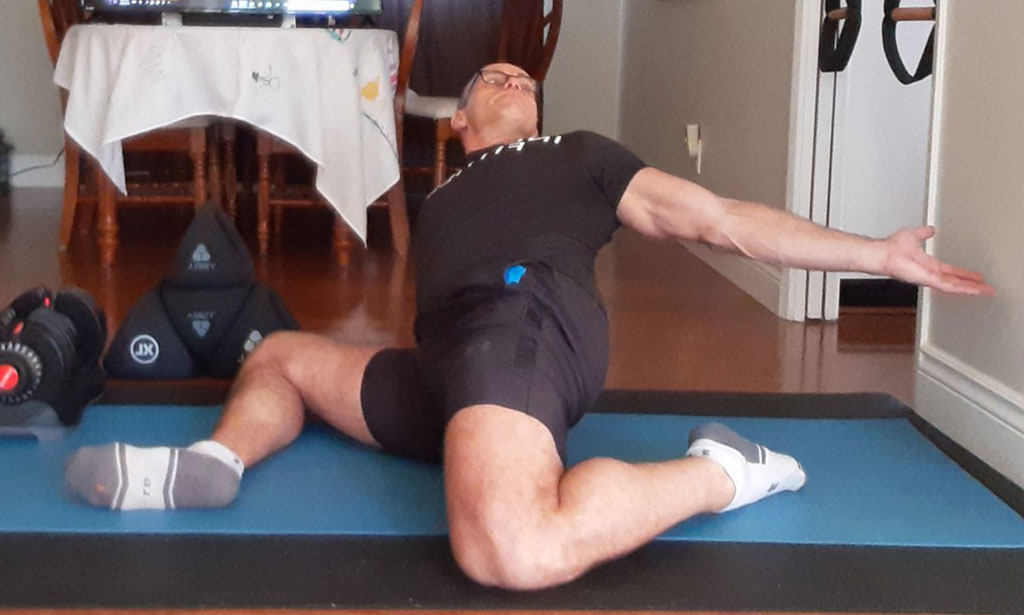
Today, I was reminded why “60% of the time” warm-ups “work every time” (Ron Burgundy). Today, I woke up from a caffeine nap (drink the coffee and nap for 20 minutes while the caffeine kicks in), walked straight downstairs, chugged a cup of water, strapped on my boots and bolted straight out the door; in route to a trail run and hike. My warm-up you ask; a power walk for approximately two minutes before abruptly asking my arterial walls, bronchioles, and lower limbs to efficiently contract. Not my brightest moment – nor something I typically do or recommend. But yes, I am human, yes, we all do it, and yes it made those first five minutes of running feel extremely hard. Luckily, it was 10 Celsius in January and nothing broke, this time.
My account of today’s outdoor session is more the norm than not. When people, even fit pros who know better, get active outside their warm-up game often gets flushed down the proverbial toilet. Whether the upcoming cold weather activity is an indoor workout, run, hike, snowshoe, one or two planking down a mountain, what’s the minimum dose to safely and effectively participate today, tomorrow, and next year?
The pandemic has certainly changed the way people engage in physical activity. More people are training and playing in places other than fitness centers, recreation complexes, and sporting venues. Ask any fit pro to create a training program, and most assuredly, the first thing on the daily training template is the warm-up.
Why warm-up? Before we dig into that, repeat after me, “Something is better than nothing.”
There’s a simple answer and there’s a multifaceted, complex answer. The simple: to prepare for what’s next; the complex: to prepare your circulatory, respiratory, fascial, neuromuscular, and endocrinal systems specifically for the upcoming activities. How much people perform depends on knowledge and their current value proposition. Value proposition? How important they believe warm-ups are, how stiff or the amount of joint pain they feel at the moment, or how important longevity and ongoing participation is.
Well-designed warm-ups:
- Take very little time
- Make me feel better and enjoy the workout
- Set my body up for success
- Optimize my performance
The most important considerations for warming up for the upcoming activity:
- Is the goal to survive (safe) or thrive (effective)?
- Does the activity start at the house or at a remote location (commute)?
- What can realistically be performed at the remote location?
- How long after completing your preparation will the body be required to perform?
- Are there nagging joint issues (e.g. pain or muscle imbalances leading to altered mechanics)?
- What’s the intensity of the activity?
- During the activity, what movements will be repetitively performed?
- Is the activity predictable or unpredictable (most sports and slippery environments are somewhat unpredictable)?
How each of these individual continuums impact the process depends on where the activity sits inside of a relational matrix. If the goal is safe participation, the answer is simple, start the activity of choice at low intensity, intelligently stepping up intensity every two minutes or each set (e.g. walk before you run or lift light before lifting heavy).
If the goal is to thrive not survive, the answer can still be simpl’ish’, but definitely goes beyond a basic X (time), Y (intensity), Z (type) FITT principle application. It’s more accurately depicted in a relational, molecular way, with numerous systems needing to operate, utilizing coordinated multidirectional communication.

Circulation
Fascial Glide
Joint Stability
Tissue Extensibility
Nervous System Activation
FITT
Regardless of the activity, the long-term plan for success is approximately five to 10 minutes of 1. mobilizing 2. stabilizing and 3. jump starting your CNS, heart, and lungs.
Below are three examples of routines I use for running, strength training, and mountain sports.
When programming, flow the warm-up from general to specific. Also, I never program cardio first. In fact, I do it last and typically as specific to the activity as possible. However, if you plan to do cardio first, to increase circulation, be certain to keep it low impact (e.g. cycling, walking, moderate intensity battle ropes).
Myofascial Compression: improve general tissue compliance
Goals: desensitize pain receptors, decrease early formation of fibrotic cross linkage, increase blood flow, activate muscle spindles. Go to https://www.youtube.com/user/tptherapy and look for compression with movement techniques versus compression alone.
Techniques:
- Breath – three second inhales, four second exhales (two to four cycles) four times.
- Pin and Move – four to six, controlled speed, using either a) cross spanning b) cross friction c) antagonist contraction movements per tender area.
Mobility and Stability: improve muscle and joint compliance
Goals: activate contractile and fascial glide of specific muscles or movements throughout a joints full range of motion
Techniques:
- Non-resisted, floor based, active range of motion movements performed at a controlled pace with end range of motion isometric holds.
- Resisted, ground based, active range of motion movements with variable vector loading.
Cardio: circulation and all the physiological changes that come along with it
Goals: increased cardiac output (stroke volume and heart rate), and therefore oxygen delivery to working muscles (aka: arteriovenous difference).
| Strength Training | Snowshoeing or Hiking | Running |
| Myofascial Compression* | Myofascial Compression* | Myofascial Compression* |
| Lats, Infraspinatus, Pecs, Calves, Quads, Hamstrings | Quads, Glutes, Lower Back | Plantar Fascia, Calves, Lateral Thigh, Glutes, Lumbar Thoracic Joint |
| Mobility (at home or gym) | Mobility (on site) | Mobility (at home) |
| Child Pose Side Bends* Reach & Rotate* 3 Way Kneeling Hip Flexor Stretch Foam Roller Wall Squat with External Shoulder Rotation* Arm and Leg Swings(various directions) | Standing Quad Stretch Standing Crossover Side Bend & Reach Car / Wall Plank with Calf Stretch Left & Right Straight Leg Toe Touches Squat with Knee Circles* | Child Pose Side Bends* Reach & Rotate* 3 Way Kneeling Hip Flexor Stretch Wall Plank March & Calf Stretch* Arm & Leg Swings(various directions) NB* If your run is occurring more than 10 minutes from home, perform “on site” mobility. |
| Cardio (if available) | Cardio | Cardio |
| Treadmill Resisted Walk1.5 – 2.0 MPH & push belt: forward & sideways | Start slow, increasing step frequency, gravity & speed in two-minute increments for approximately six minutes. This will increase tissue and CV compliance & remove 02 debt. | Walk 100 meters, Jog 200 meters (x2) Jog at 70-80% of workout speed |
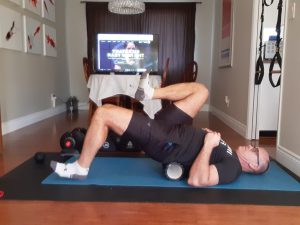
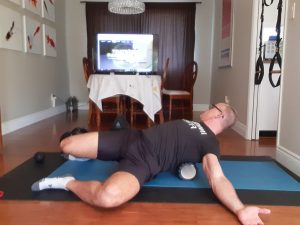
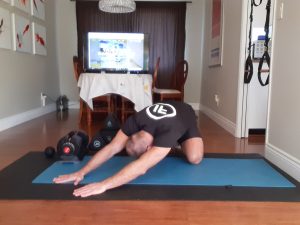
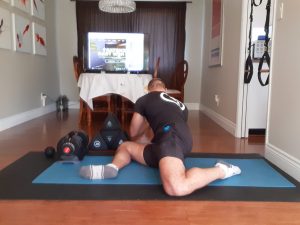

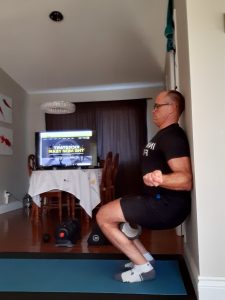
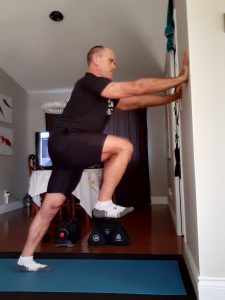
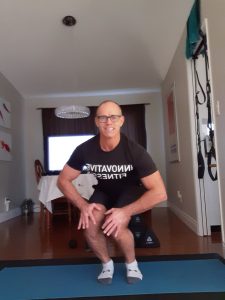
Stay safe and be certain to tag us when you give these warm-ups a try.


